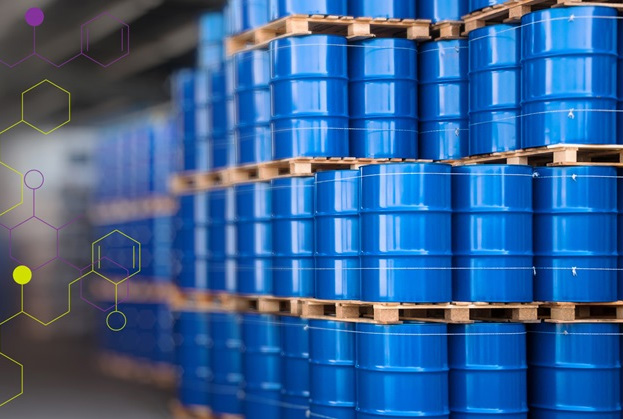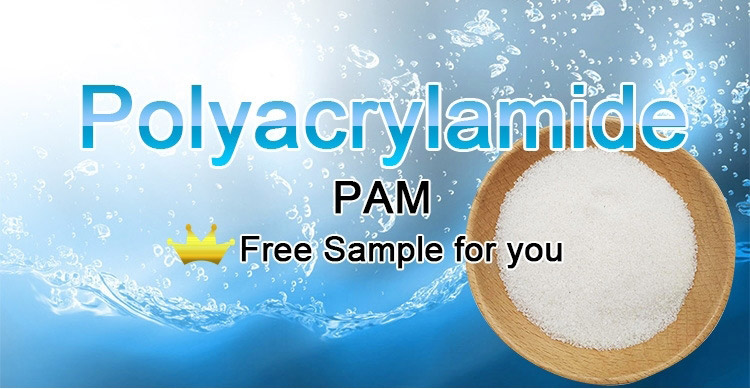Polyacrylamide is a water-soluble linear polymer formed by free radical polymerization of acrylamide monomers. At the same time, hydrolyzed polyacrylamide is also a polymer water treatment flocculant, which can absorb

suspended particles in water, play a role in linking and bridging between particles, make fine particles form relatively large flocs, and accelerate the speed of precipitation.
Polymer PHPA usually includes three types of anionic, cationic and non-ionic, and on this basis, pam polyacrylamide is subdivided into different series models.In the face of many types of polyacrylamide, non-professionals may fall into the following misunderstandings:
Misunderstanding 1: The higher the molecular weight/ionicity, the better Anionic polyacrylamide generally has a variety of models ranging from 3 million to 22 million according to molecular weight, while cationic polyacrylamide has a variety of models ranging from 30% to 70%.
In fact, the selection of polyacrylamide flocculant with different molecular weight/ionicity has a great difference in the treatment effect of different water quality. The dosage range for the best effect is very small, and if cationic pam exceeds a certain range, it will cause adverse effects. Therefore, cationic polymer msds is necessary to determine the appropriate specific model of polyacrylamide according to the actual application industry, water quality, treatment equipment and other conditions.
Misunderstanding 2: Use the same type of PAM for the same type of wastewater
For example, the same papermaking wastewater may also have differences in pH, organic matter, inorganic matter, chromaticity, SS, etc. Not one type of polyacrylamide can solve all problems, and all kinds of sewage can be Process compliance. Polyacrylamide in POWDER is necessary to select the model through a small test, and then test it on the machine to determine the optimal dosage, so as to achieve the best effect of less dosage and low cost.
Misunderstanding 3: The more the dosage, the better
Under normal circumstances, the flocculation effect will increase with the increase of the amount of flocculant, but if the amount of flocculant is excessive, the flocculant will become a stable colloid again, and the viscosity of the water will increase, so that the sedimentation resistance of the suspended colloid in the water will increase. The optimum dosage is obtained through specific experiments according to the content of suspended solids.
Myth 4: The faster the stirring speed or the longer the time, the better
If the stirring speed is too fast and the time is too long, the large particles of solids will be broken
into small particles, and the particles that can be precipitated will be broken into particles that cannot be precipitated.
Misunderstanding 5: The stirring speed is too slow or the time is too short
If the speed is too slow and the time is too short, the flocculant cannot fully contact the solid particles, which is not conducive to the flocculant to capture the colloidal particles, and the concentration distribution of the flocculant is not uniform, which is even more unfavorable to play the role of the flocculant.

Misunderstanding 6: cations, anions, and non-ions are stupidly unclear
The choice of basic categories is not clear. The price difference between cation, anion and non-ion is a bit big, and there is no way to start from the general direction or choose the wrong category. In practical applications, it can also be roughly classified as:
Cationic polyacrylamide is suitable for flocculation, sedimentation, decolorization, clarification, etc. of complex water quality, urban sludge dewatering, organic sludge dewatering, etc.;China Sewage Treatment Plant
Anions are suitable for sewage flocculation, sedimentation, dewatering, clarification, etc., and can also be used for dehydration of inorganic sludge;
Nonionic polyacrylamide is suitable for soil water retention, weak acid sewage flocculation, sedimentation, dehydration, etc.
Yixing cleanwater chemicals co. ltd have been also specializing in improving the things administration and QC system to ensure that we could preserve terrific gain within the fiercely-competitive company for Massive Selection for China Anionic PAM/Polyacrylamide for Water Treatment Applications, With the tenet of "faith-based, customer first", yixing cleanwater chemicals co., ltd. welcome shoppers to simply call or e-mail us for cooperation.
Massive Selection for China china soluble manufacturers.
Excerpted from baidu.

Post time: May-13-2022

